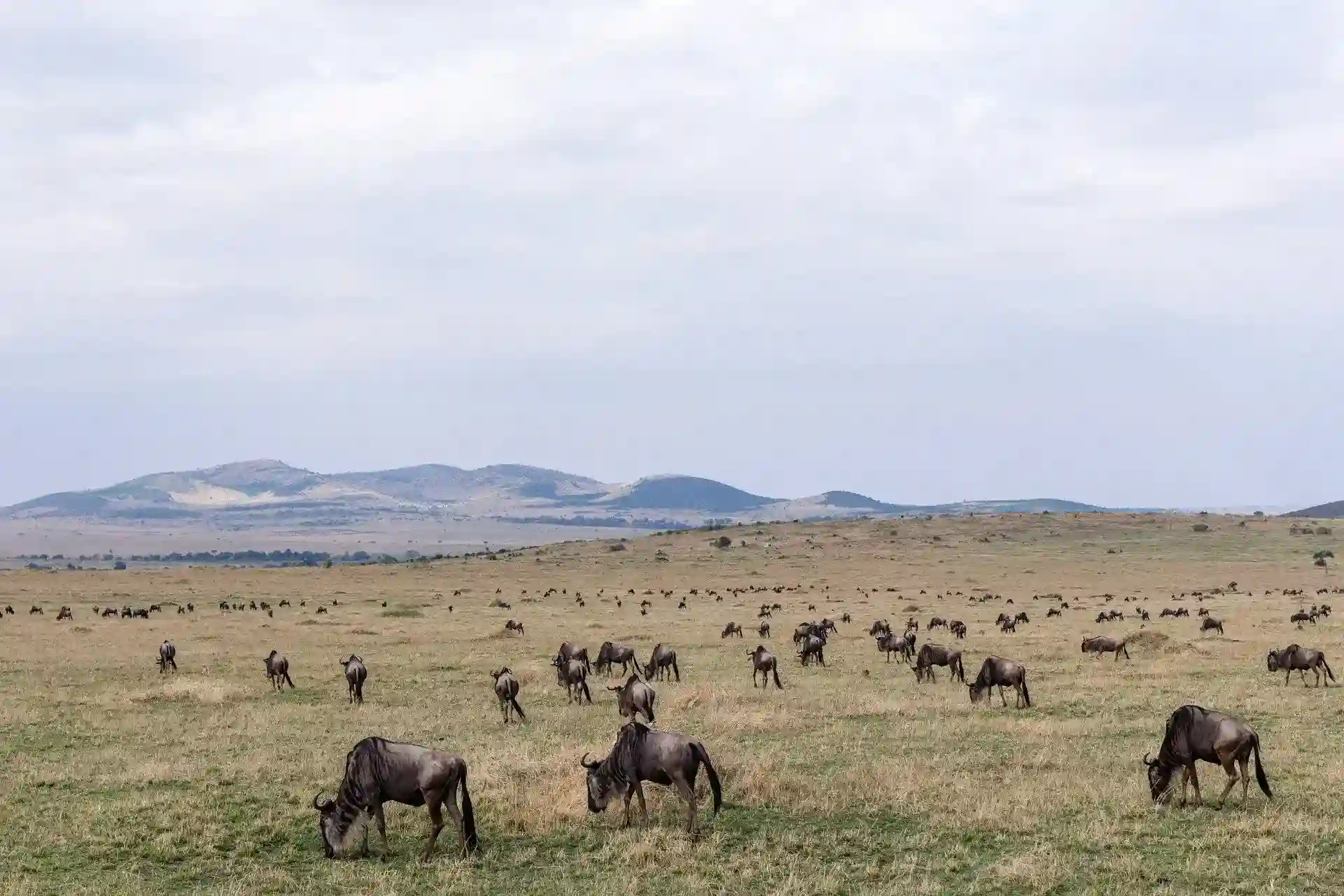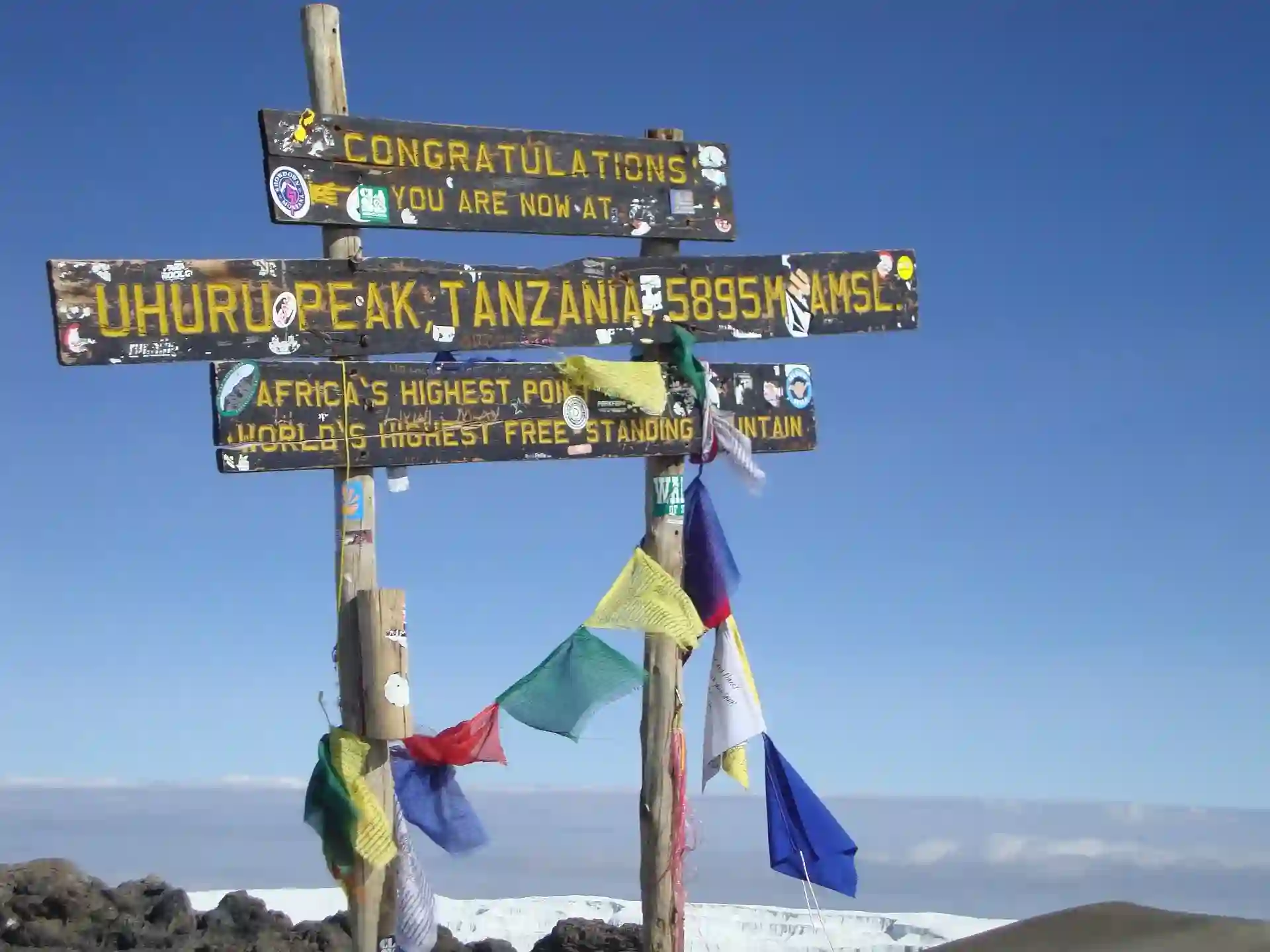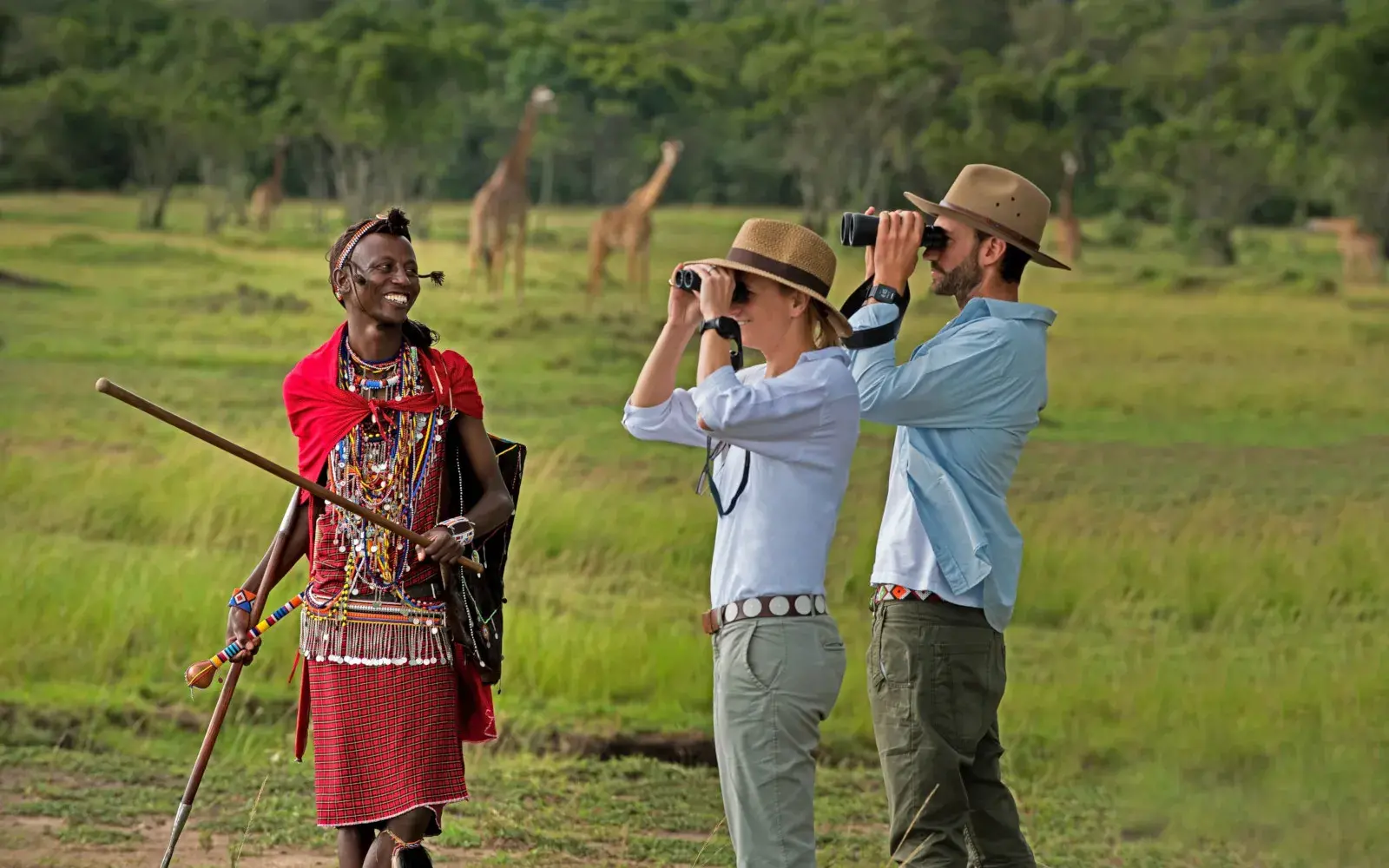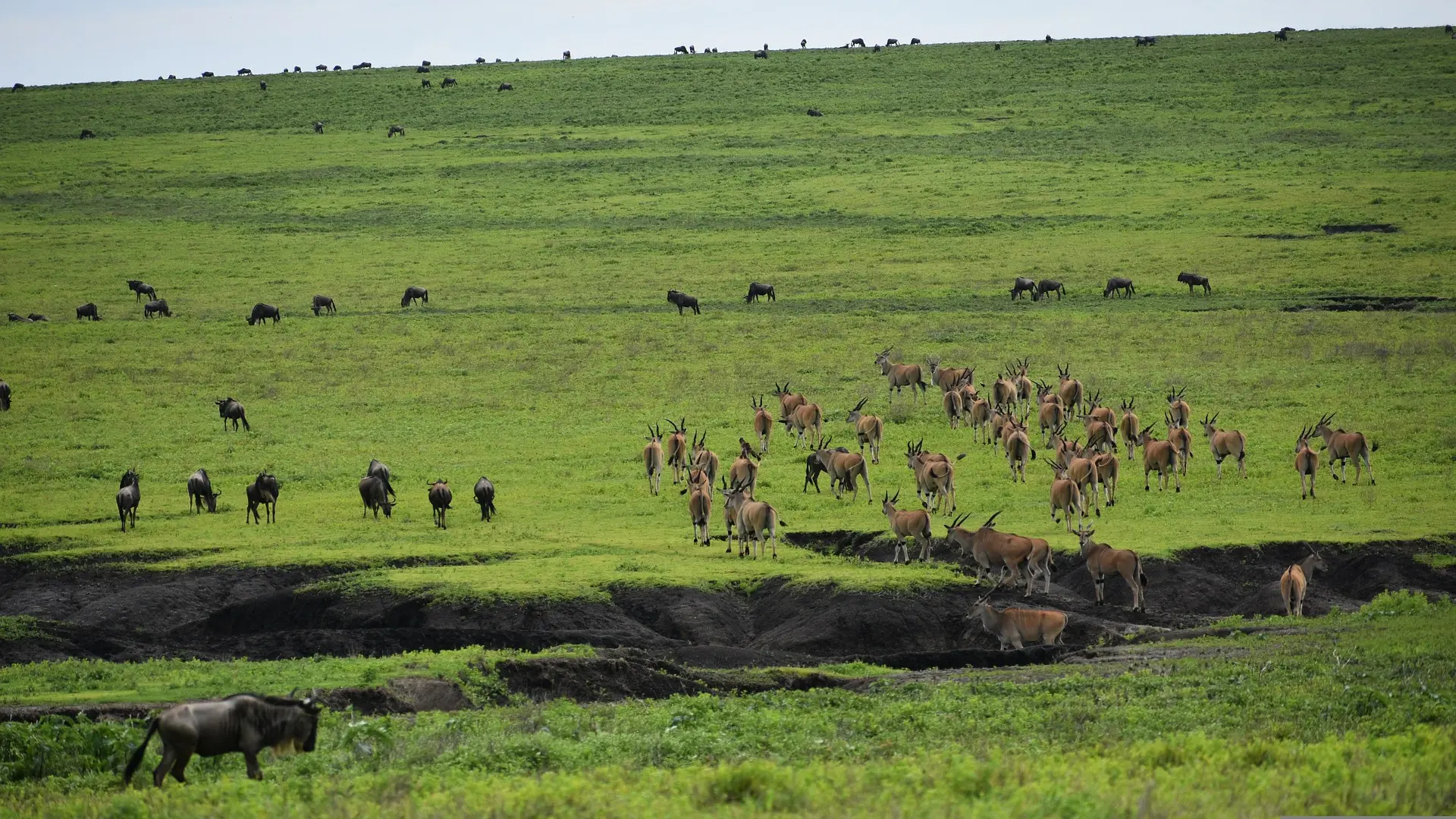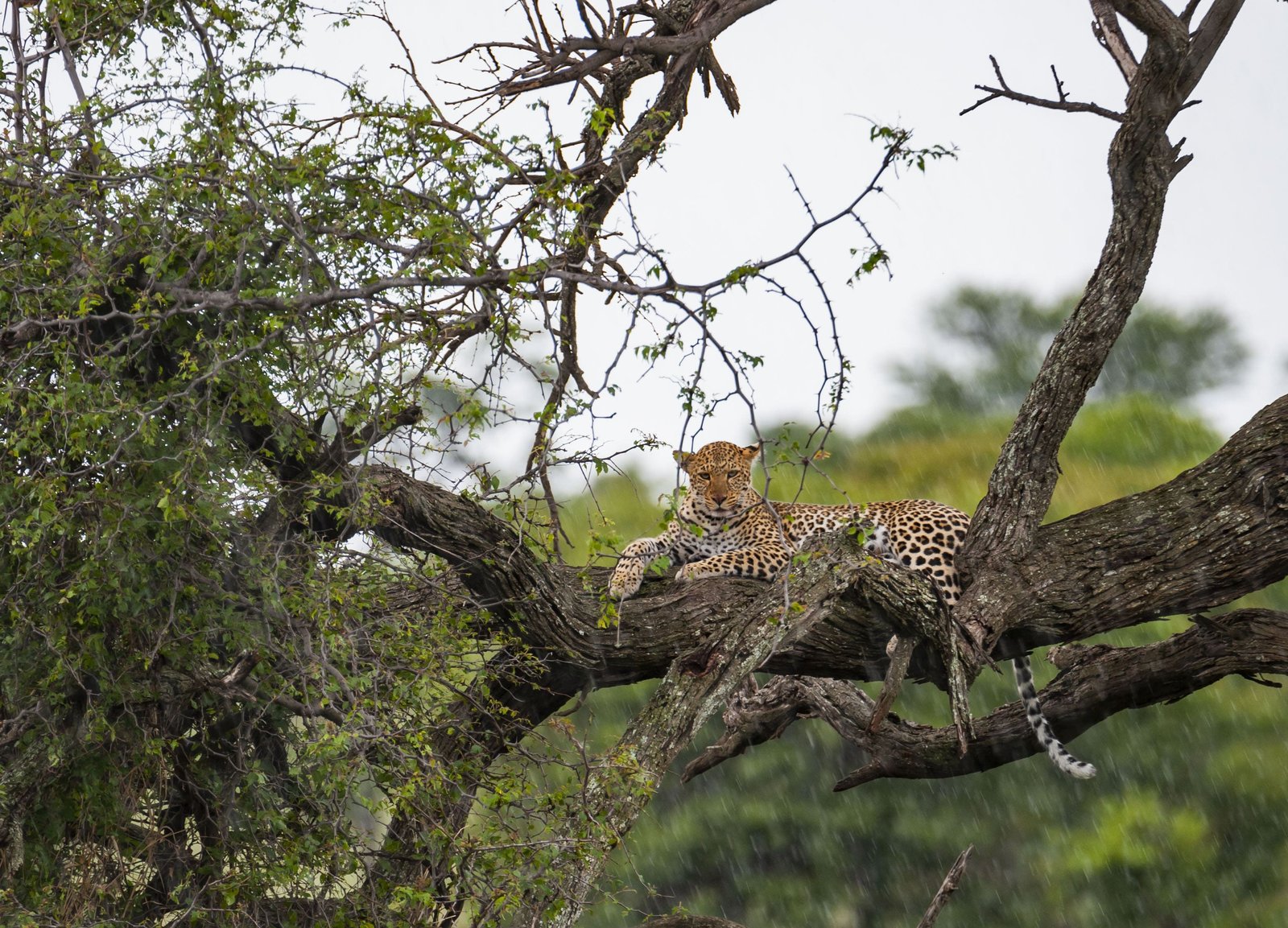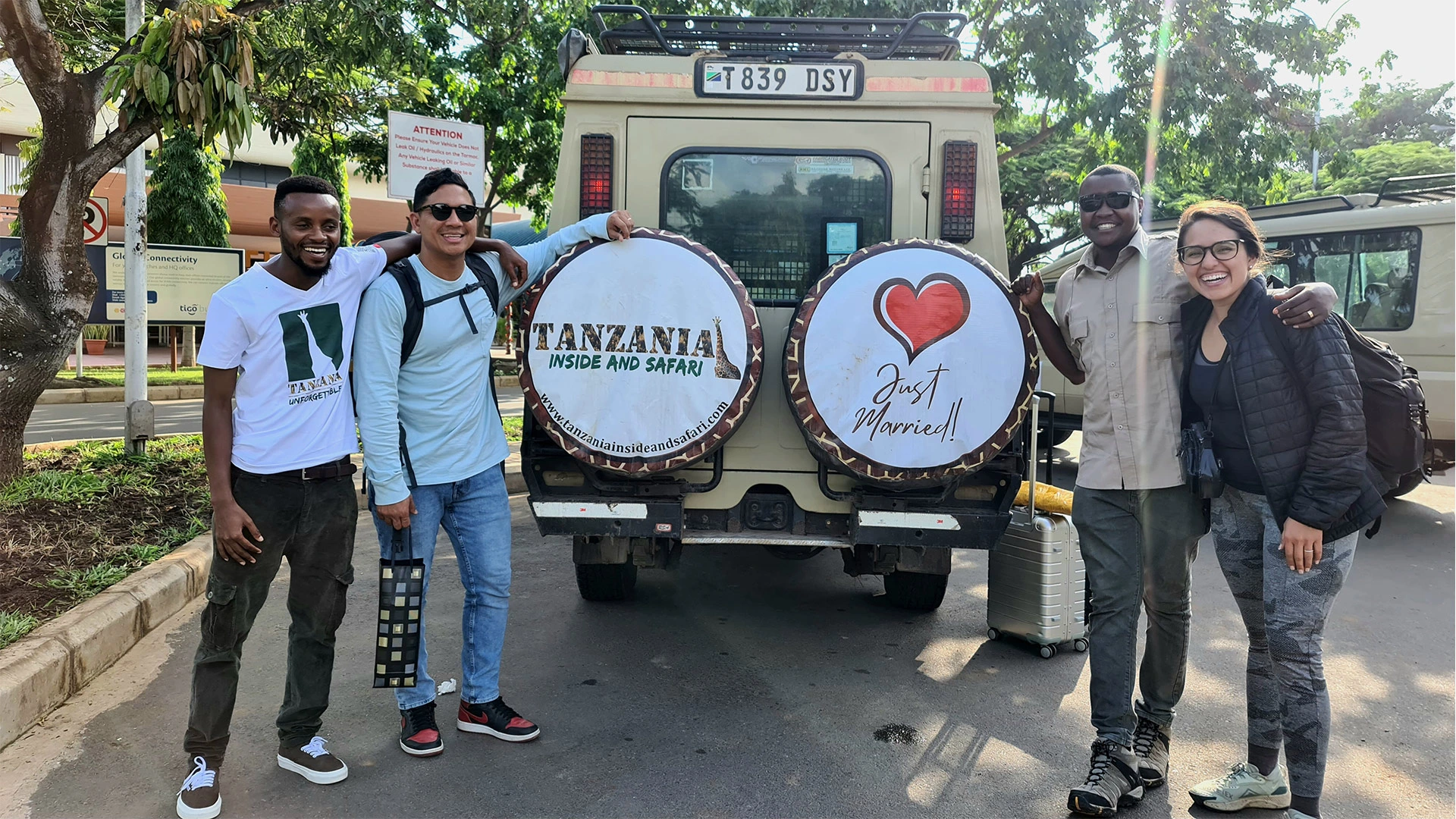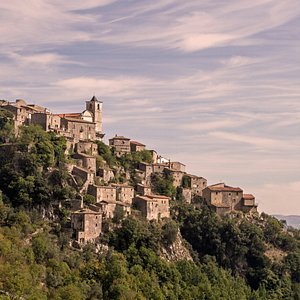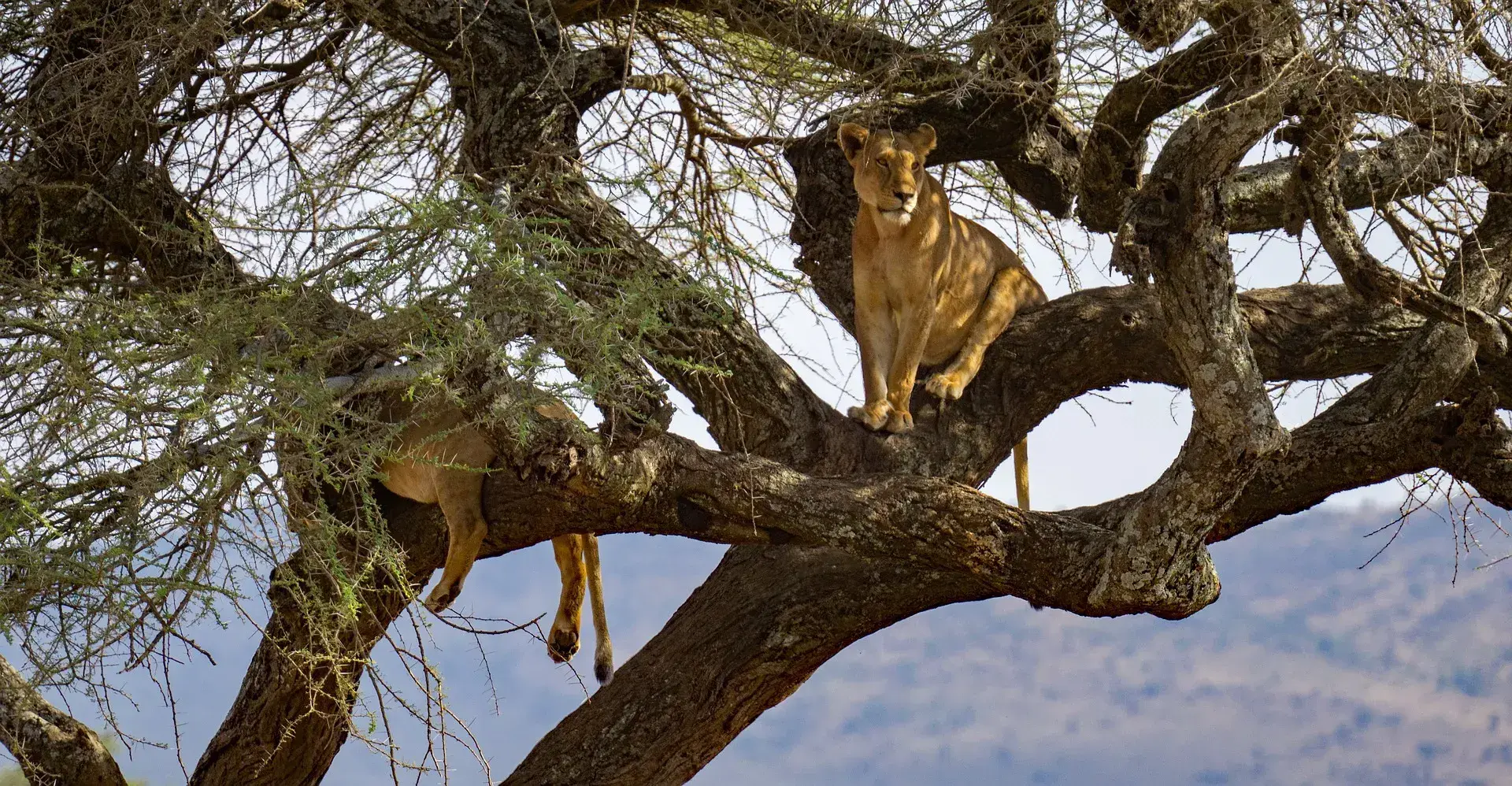
Ruaha National Park: Tanzania's Untamed Giant
Nestled in the heart of southern Tanzania, far from the bustling northern circuit, lies Ruaha National Park – a true hidden gem and the largest national park in Tanzania. This vast and relatively untouched wilderness offers an authentic and immersive safari experience, characterized by its dramatic landscapes, prolific wildlife, and a sense of solitude rarely found elsewhere.
Introduction
Ruaha whispers tales of ancient landscapes carved by the Great Rift Valley, where the mighty Ruaha River carves its path through dramatic gorges and rolling hills. It's a park of immense scale and biodiversity, a sanctuary for some of Africa's largest elephant herds, impressive lion prides, and a remarkable variety of antelope and birdlife. For the discerning traveler seeking a genuine wilderness encounter, Ruaha promises an unforgettable adventure.
Location
Ruaha National Park is situated in the Iringa Region of southern Tanzania. Its remoteness contributes to its pristine character, offering a stark contrast to the more frequently visited northern parks.
Getting There
- By Air: The most convenient way to reach Ruaha is by domestic flight from Dar es Salaam or Arusha to one of the park's airstrips (Msembe or Jongomero).
- By Road: Reaching Ruaha by road is an adventurous undertaking, typically involving a full day's drive from Iringa town. This option is usually part of longer overland safaris.
Best Time to Visit
The dry season (June to October) is generally considered the best time for wildlife viewing in Ruaha. During this period, animals congregate along the Ruaha River and its tributaries, making sightings more frequent.
- Dry Season (June - October): Pleasant temperatures, less vegetation, and high concentrations of wildlife around water sources.
- Wet Season (November - May): Lush green landscapes, excellent for birdwatching, but some areas may be less accessible due to rain.
Attractions
- The Great Ruaha River: The park's lifeline, attracting a vast array of wildlife, especially during the dry season. Its banks are prime spots for game viewing.
- Large Elephant Herds: Ruaha is renowned for its significant elephant population, often seen in large family groups along the river.
- Impressive Lion Prides: The park boasts healthy lion populations, with opportunities to witness large prides in action.
- Diverse Antelope Species: Ruaha is a haven for a variety of antelope, including sable antelope, greater kudu (with their magnificent spiraled horns), roan antelope, and Lichtenstein's hartebeest.
- Wild Dog Encounters: Ruaha is a stronghold for the endangered African wild dog, offering excellent chances for sightings.
- Abundant Birdlife: With over 570 recorded bird species, Ruaha is a paradise for bird enthusiasts, including endemic species and migratory visitors.
- Dramatic Landscapes: From rocky kopjes and rolling hills to the wide expanse of the riverine areas, Ruaha's scenery is captivating.
- Cultural Significance: The park and surrounding areas have historical and cultural significance, with ancient rock paintings found in some locations.
What Makes It Famous
- Largest National Park in Tanzania: Its sheer size contributes to its feeling of untamed wilderness.
- Remoteness and Authenticity: Ruaha offers a truly off-the-beaten-path safari experience, away from mass tourism.
- Exceptional Predator Sightings: The high concentration of both lions and wild dogs makes it a prime destination for predator enthusiasts.
- Variety of Unique Antelope: The presence of sable, roan, and greater kudu adds a special element to the wildlife viewing.
- Untouched Wilderness Feel: The vastness and relatively low visitor numbers contribute to a sense of true exploration.
Ruaha National Park is a destination for the adventurous soul, for those who seek a deeper connection with the African wilderness away from the crowds. Its dramatic landscapes and abundant wildlife, particularly its impressive elephant and predator populations, promise an unforgettable and truly authentic Tanzanian safari experience. It's a reminder of the raw beauty and untamed spirit that defines the heart of Africa.


